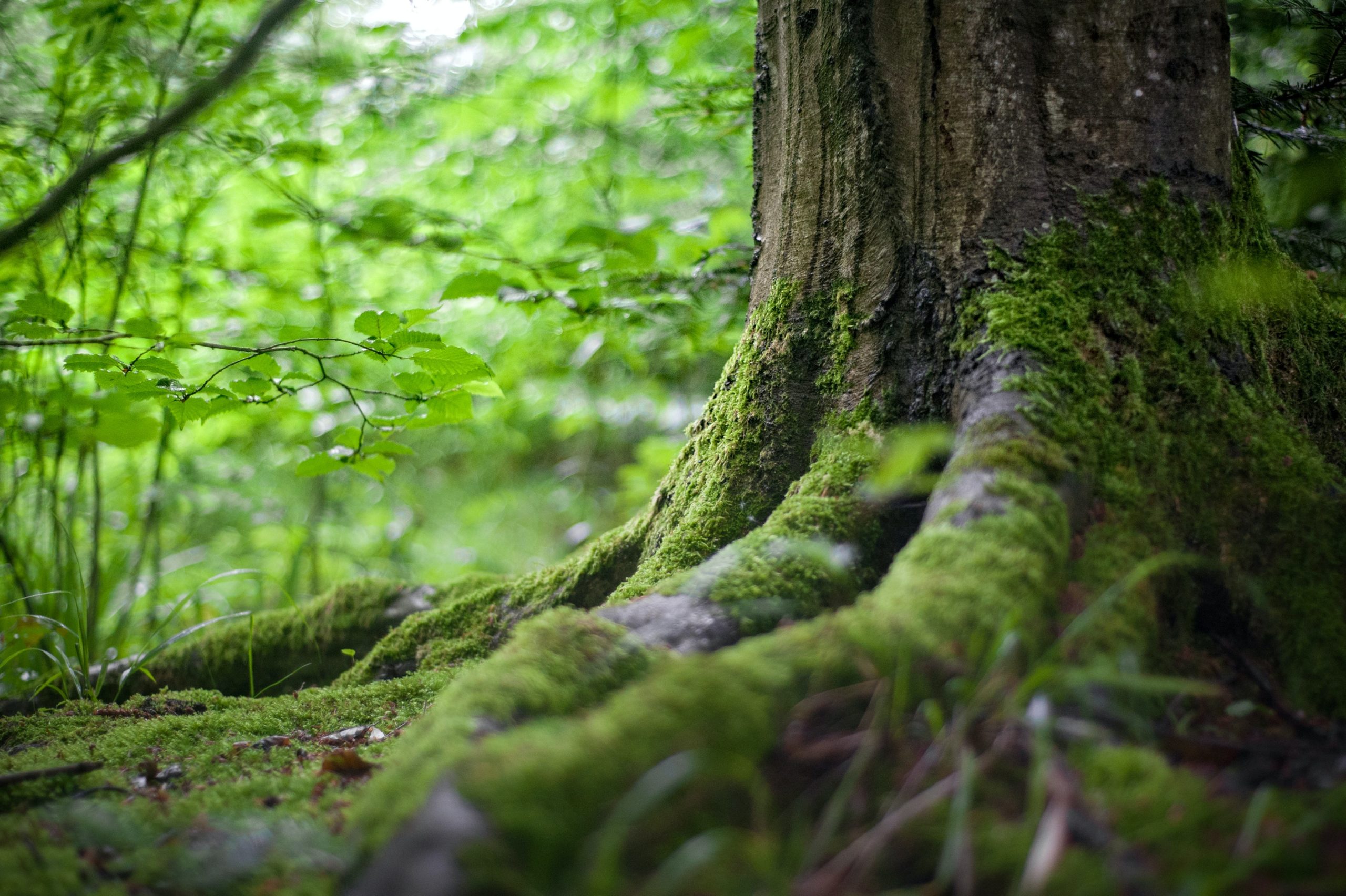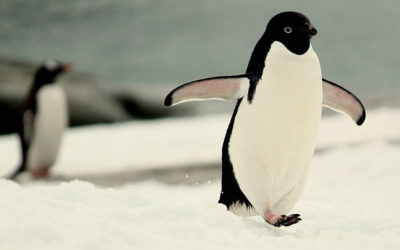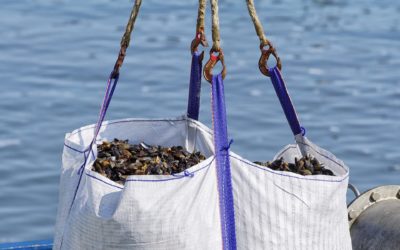Although the shape of our planet – which is spherical by nature – never changes, the modes of symbolic representation of its structure can be altered over time, as in the case of maps. For each new territory identified and discovered, a ritual of cataloging and naming follows so that its existence can be officially known by everyone, not limited to those people who have direct contact with the place.
This is the case, for example, of Potira Indian Beach and Salt Beach, which belong to the municipality of São Pedro da Aldeia, in the state of Rio de Janeiro. They were mapped, receiving a still provisional denomination, through the mapping work developed by the Núcleo Experimental de Iguaba Grande (NEIG), at Universidade Federal Fluminense. The study developed by the institution was responsible not only for delimiting the space but also for defining these new beaches and even proposing their names. The suggested names, however, have not yet been made official, and the decision will be up to the county’s government.
The idea is to develop projects that meet the university’s demands and that, as a result, bring benefits to society, always based on the principles of preservation of environmental assets, sustainable development, and rational use of natural resources.
Antonio Claudio Nóbrega
The coordinator of NEIG and professor of the Department of Pathology and Veterinary Clinic of UFF, Sávio Freire Bruno, explains that Sal Beach was so named because of its proximity to the old Salt Road, which used to reach the old local salt mines, favoring the transportation of this product in the past. In this geographical area, one can see a very characteristic cove of a beach, with its own singularities. Regarding the other region, the coordinator states that considering the local history, it was suggested to baptize it as Índia Potira Beach, a name given in allusion to the Tamoio native, daughter of the indigenous chief Aimberê.
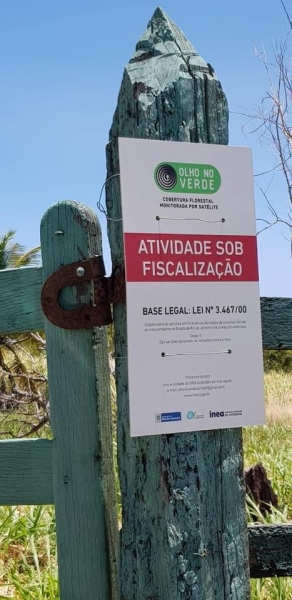 Located on the border between the municipalities of Iguaba Grande and São Pedro da Aldeia, NEIG is a campus belonging to the Veterinary College and occupies an area of 1,449,047 square meters. Its acquisition occurred in the 1960s, through a donation from former president Juscelino Kubitschek, with the purpose of becoming a farm school for practical classes with large animals. At that time, the area was known as Government Hill.
Located on the border between the municipalities of Iguaba Grande and São Pedro da Aldeia, NEIG is a campus belonging to the Veterinary College and occupies an area of 1,449,047 square meters. Its acquisition occurred in the 1960s, through a donation from former president Juscelino Kubitschek, with the purpose of becoming a farm school for practical classes with large animals. At that time, the area was known as Government Hill.
Because it is a region with high salinity, strong winds, sandbank vegetation, and slightly hilly terrain, with acid and shallow soil, the initial goal of becoming a farm school, a place for practices with large domestic animals, as idealized in the past, ended up not prospering. The Núcleo, however, reformulated its proposed action, taking on an active role in conservation and local sustainable planning, through the preparation of topographical plans and maps, among other useful tools for this purpose. Besides this, pointed out Sávio Bruno, “the vast biological diversity, the geomorphologic peculiarities, and the socioeconomic and environmental aspects, among other features, reinforce the importance of the Center for the preservation and development of the region in which it is located.”
The adoption of this new strategy by NEIG is not accidental: the area where it is located is part of a region of environmental protection, which is inserted in the State Environmental Protection Area Serra de Sapiatiba, recognized as a conservation unit of sustainable use, and having as one of the official partners the State Environmental Institute (INEA/RJ). In accordance with its current function inside and outside the university, NEIG will soon be called Reserva Ecológica Ponta da Farinha / Veterinary College / UFF, an occasion that intends to mark its full insertion in activities inherent to its socio-environmental characteristics.
Aware of the potential of this area dedicated to projects for the preservation of animal species and native vegetation, UFF’s president, Antonio Claudio Nóbrega, recently visited the space in order to verify its current structural needs, as well as to prepare a strategic plan, with the purpose of ensuring the Núcleo an advanced institutional position, referenced and with patrimonial security. “The idea is to develop projects that meet the university’s demands and that, as a result, bring benefits to society, always based on the principles of preservation of environmental assets, sustainable development, and rational use of natural resources,” he emphasizes.
It is necessary to promote the understanding of the socio-environmental importance of this area where NEIG is located, considering its ecological and economic aspects, in order to preserve it and give it subsidies for its territorial planning.
Sávio Freire Bruno
Sávio Bruno points out that the ecological importance of this region goes beyond the beauty of its native vegetation. Even though it has a small area, it is home to many endangered species, such as the coastal antbird (endangered category), the thirty-yellow kingfisher, and the beach butterfly (both in the vulnerable category). This is one of the reasons why “it is necessary to promote the understanding of the socio-environmental importance of this area where NEIG is located, considering its ecological and economic aspects, in order to preserve it and give it subsidies for its territorial planning,” he stresses.
In view of this, the coordinator adds that a partnership was recently signed with the City Hall of Iguaba Grande, through an agreement, seeking to strengthen the insertion of the campus regionally, as well as in the academic field. Another practical action proposed was the creation of an ornithology laboratory/observatory (study of birds), with strong potential for research and regional socioeconomic development, considering the observation of the species as an activity within a sustainable tourism proposal.
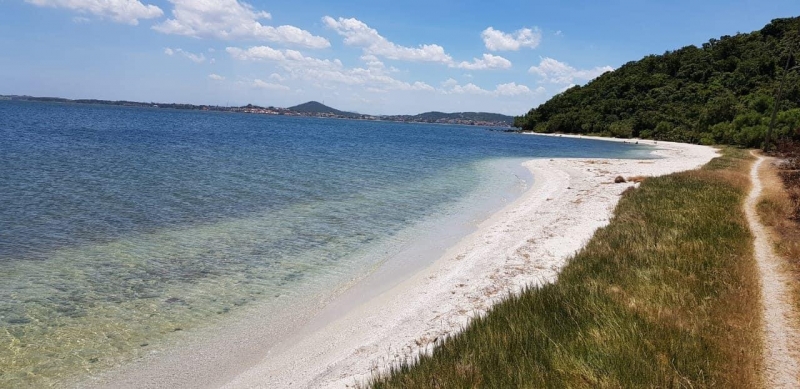
Sávio Bruno explains that birdwatching follows a global trend of activities that aim to enhance biodiversity, and are aligned with the economic and social development of the region. According to the coordinator, one of the premises of this practice is to keep the environment fully preserved, because birds are integral elements of the ecosystem to which they belong. “It is a type of activity that confronts the utilitarian, mercantilist, productivist idea of nature, along the lines of its destruction and destruction ‘for the sake of progress,’ as it has been historically trumpeted in our country,” he emphasizes.
For Sávio, the biotic community and especially the ornithological fauna become, in this sense, attractions for sustainable tourism. “A whole range of services for this very important public, who exercise what we call participative citizenship, serve as a basis for the conservation of species. Birdwatching has been, therefore, not only an expressive source of income for the services provided directly and indirectly by the communities where a certain avifauna is kept, but also represents a great example that maintaining the natural resources of a locality or region not only guarantees the continuity of the ‘environmental services’ but also the ecosystemic balance, the unique health, and why not, the planetary health,” he concludes.

